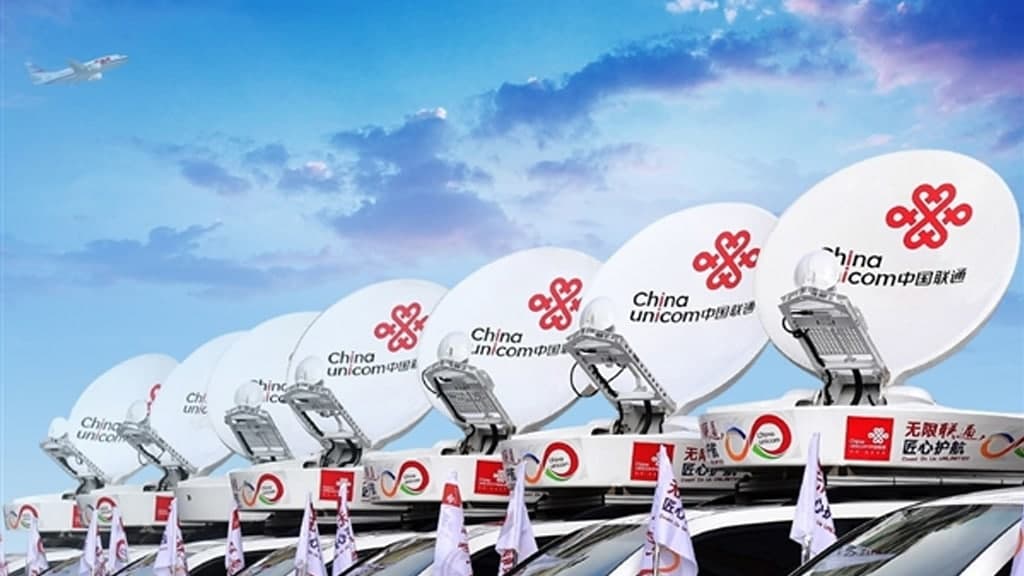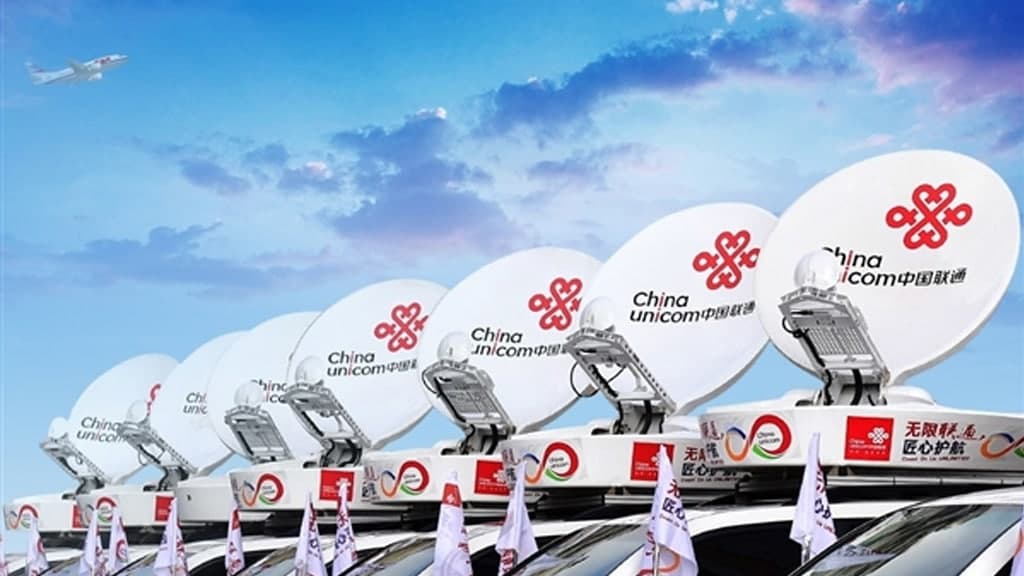News
Huawei completes 10 year old broadband transformation project

Beijing Unicom has recently finished a 10-year-old Huawei’s access to SDH network broadband transformation project. This old enough broadband project includes the change in the old equipment, evolved to PeOTN equipment, and replaced the original SDH (Synchronous Digital Hierarchy) private line services with Smart Link private lines. This helped in achieving a low carbon all-optical network architecture transformation.
The Smart Link smart dedicated line of Beijing Unicom is dependent on the existing network PeOTN. It equips the traditional SDH hard isolation features and provides functionalities such as intelligence, self-service, and ultra-low latency.
In early November 2018, Beijing Unicom officially launched the Smart Link smart dedicated line. The first batch of customers consisted of Beijing Hish people Court and Today’s Toutiao. The Smart Link network also means that Beijing Unicom will provide high-quality line services. The company presented the five advantages of the network using the word ‘Smart’ of Smart Link.
- S – Security high security and high reliability;
- M – self-Management user self-service;
- A – Agility flexible and intelligent operation and maintenance;
- R – Rapid low latency and large bandwidth;
- T – Transparency status is transparent and visible.

Working of SDH and growth over time
Huawei’s SDH access approval cutover to the PeOTN fully utilizes the existing SDH access equipment. The Beijing Unicom’s PeOTN government-enterprise private network has increased the coverage of more than 910 sites.
Currently, there are nearly 100.000 SDH dedicated lines in stock in Beijing Unicom’s existing network. The equipment is has gone old over time and has a small capacity. It takes a lot of optical fiber and computer room space, and the power consumption is also relatively low.
Over time, the SDH equipment is gradually been unable to meet the development of the business and a large number of old SDH equipment can not meet the current low-carbon and environmentally friendly transformation goals.
Once the low carbon all-optical network operation, the single-fiber bandwidth is increased by 1600 times. The maximum capacity of the single-fiber uplink bandwidth of traditional SDH equipment is 10G. And the PeOTN government-enterprise private network can achieve a single fiber 16T, increasing the value of the fiber.
Moreover, the other resources used as support are adequately saved such as more than 90% of optical fiber connections in the station and saving nearly a thousand power supporting ports. In this case, the SDH equipment is not required to cascade optical fibers, and fiber connection between stations is reduced by more than 90%.
In addition, this new network can save nearly a million in electricity bills annually. It evacuates the SDH equipment, reduces overall power consumption by around 190,000 Watts per hour, and saves approximately 1.66 million kilowatt-hour electricity per year.
(Via – My drivers)






